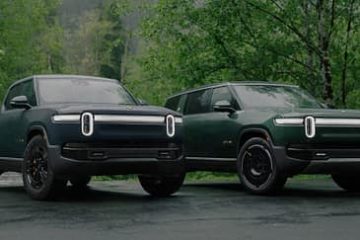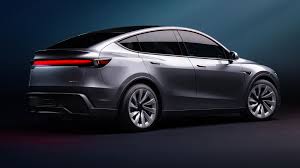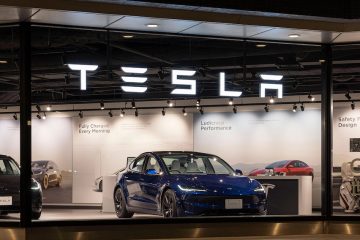Exploring the Latest Innovations in Cars

Introduction
As the automotive industry continues to evolve, innovations in technology and design have led to a significant transformation in the way we drive. Cars are no longer just a mode of transportation; they have become interconnected, intelligent, and eco-friendly. In recent years, the focus has shifted towards electric vehicles (EVs) and hybrid cars, reflecting the global commitment to sustainability and reducing carbon footprints.
Current Trends in Automotive Technology
One of the most notable trends in the automotive market is the rapid development of electric cars. According to a report from the International Energy Agency (IEA), global electric car sales reached 6.6 million in 2021, a 108% increase from the previous year. Leading manufacturers like Tesla, Nissan, and Ford are competing to produce more innovative and efficient models. Tesla’s Model Y, for instance, has been well-received for its impressive range and cutting-edge technology, reinforcing the demand for EVs.
Moreover, the rise of autonomous driving technology is reshaping the way consumers view road safety and convenience. Companies like Waymo and Cruise are investing heavily in self-driving technology, with trials currently underway in various cities. This shift could significantly decrease the number of road accidents caused by human error.
Government Policies and Environmental Impact
In Canada, government policies are also playing a crucial role in the growing popularity of electric and hybrid cars. The federal government has set ambitious targets for reducing greenhouse gas emissions, aiming for all new cars and light trucks to be zero-emission by 2035. Incentives like rebates for electric vehicle purchases and investments in charging infrastructure are further supporting this transition. The latest budget also allocated billions towards EV charging stations, promoting widespread accessibility.
Conclusion
The future of cars is clearly heading towards a greener, more connected world. As technology continues to advance, consumers can expect even more innovative features and improved environmental performance. These developments not only cater to the needs of the current generation but also contribute significantly to the sustainability goals necessary for future populations. With ongoing support from both manufacturers and governments, the automotive landscape will likely witness a continued shift towards electric and hybrid vehicles, setting a precedent for responsible driving in the years to come.





